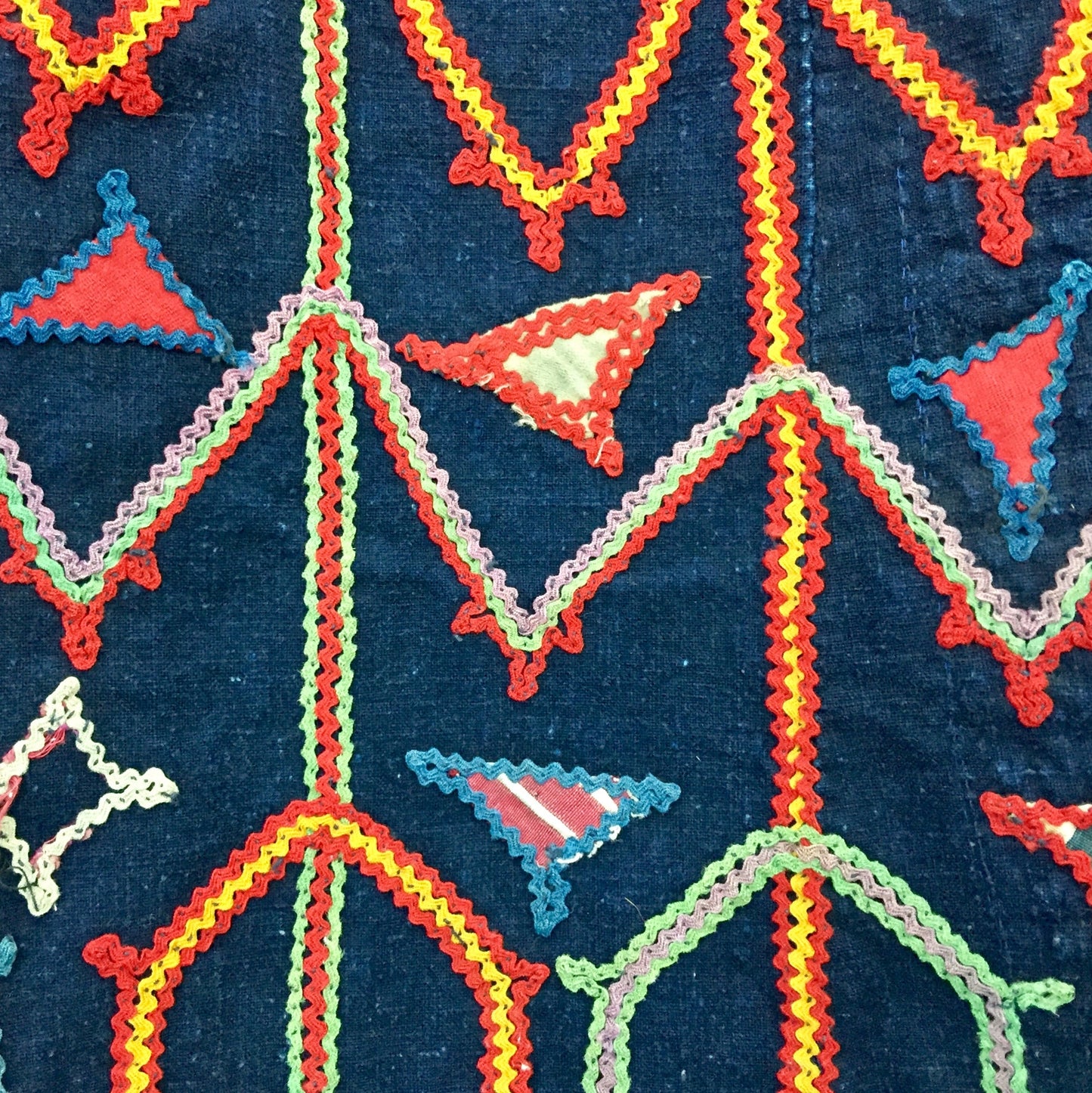True Blue, hosted by Anuradha Singh of Nila House, Jaipur, India
Online event, hosted on Zoom by Anuradha Singh of Nila House
Anuradha Singh of Nila House
Anuradha Singh is the Director of Nila House - a centre of craft and cultural excellence in Jaipur, led by the Lady Bamford Foundation, a charitable organisation supported by JCB India.
Anuradha has been at the helm of Nila from its foundation, bringing an energetic leadership that has guided Nila to grow into one of India’s most compelling spaces and initiatives for conversation and action around value chain sustainability, craft preservation and design innovation. Nila currently works with a vast network of makers across the world, often acting as the conduit between international designers and highly skilled Indian artisans to bring lasting solutions and beautiful design to the craft and textile space.
Anuradha’s nuanced understanding of the power of craft and heritage as an agent for social and economic development has been informed by her two decades of experience in the heritage and cultural development sectors. She was previously the Director at the Jawahar Kala Kendra in Jaipur, to which she brought landmark programmes including the first edition of the Indian Ceramics Triennale and the exhibition “New Traditions: Influences & Inspirations in Indian Textiles, 1947 – 2017”.
Outline of talk:
Nila House
Anuradha Singh’s presentation will take the audience through Nila House’s journey as a centre of excellence championing craft sustainability, design innovation, and heritage preservation.
The presentation will share Nila’s on-going work towards promoting sustainable, regenerative value chain processes that are keep the wellbeing of the artisan and the environment at the core. Anuradha Singh will share learnings from Nila’s work with promoting natural indigo dyeing, hand spinning, hand weaving, alternative natural fibres, and the current research on natural dye traditions with master dyers in Bagru, Rajasthan.
Jenny Balfour Paul
Jenny Balfour-Paul is a writer, artist and lecturer, who has worked with indigo for over two decades. Her wide experience with plants and dyeing combined with living and working in the Middle East and North Africa was published as Indigo in the Arab World. Later research trips were documented in her second book Indigo: Egyptian Mummies to Blue Jeans.
Outline of talk:
Indigo: blue magic
Jenny Balfour Paul will bring an academic perspective to the study of local colour through her expertise in indigo, spanning centuries and continents, Jenny will trace the magic of indigo and the colour blue.
Takayuki Ishii of Awonoyoh
Takayuki Ishii is an indigo dye artisan who was born in Kanagawa Prefecture, Japan. He currently owns a workshop in the mountainous area of Kanagawa Prefecture, where he runs an indigo dyeing company using traditional techniques and materials.
After the nuclear power plant accident during the 2011 Great East Japan Earthquake, Takayuki started contemplating the importance of contributing to a sustainable society. Polluted water used in chemical dyeing flows through the river to the sea and destroys the ecosystem. He instead chooses to use indigo dye, which is a sustainable and natural pigment that can become fertiliser for the land or food for the fishes.
Takayuki began studying indigo dyeing through a workshop in Tokyo. From there, he continued to travel all across Japan to participate in indigo dye workshops. He has since acquired a wealth of knowledge and techniques surrounding indigo dyeing, and has mastered all the processes within traditional Japanese textile dyeing, including spinning yarn, making fabric, katazome, shibori, tsutsugaki, and batik.
Outline of talk:
Sukumo: indigo of Japan
Currently, there are only six artisans who produce raw material for indigo dye (sukumo) in Japan. The ageing of the Japanese population, which has become a major social problem in Japan, has made it more difficult to obtain sukumo every year. Takayuki grows the indigo plants and produces sukumo by himself to preserve the traditional method of indigo dyeing. He passes on his knowledge to many people and works hard to preserve the traditional way of Japanese textile dyeing.
Takayuki will talk about the tradition of sukumo in Japan and the Japanese textile techniques born out of the creative exploration with indigo dyeing. Being one of the last remaining producers of indigo in Japan, he will share this process and why it is so important to preserve this expertise.
Gasali Adeyemo
Gasali Adeyemo is from the small rural village of Ofatedo, located in Osun State, Nigeria. His mother was the first and most important teacher in learning the traditional arts of the Yoruba Tribe. In 1990 he attended the Nike Center for Arts and Culture, where he spent six years. The first two years were spent mastering the arts of batik painting on fabric, indigo dyeing, quilt making, embroidery, appliqué, and batik painting on rice paper. For the following four years, Gasali taught these skills to incoming students at the Nike Center. Soon, the opportunity to exhibit his work and travel outside of Nigeria presented itself. This opened the door to many great opportunities and he has since been traveling the world conducting workshops and exhibitions. Gasali’s recent workshops include Indigo Sutra in Kolkata India, Mendocino Art Center, and John Campbell Folk School.
Outline of talk:
Yoruba Indigo
This talk will begin with an overview of the artists background and experience learning traditional Yoruba textile techniques. The discussion will centre around the importance of indigo to Yoruba culture, and will provide an overview of how indigo is grown and stored, the use of indigo vats, and indigo as it appears in fashion. The artist will talk through his most used techniques, Batik, Adire eleko, and tie-dye, in a presentation of his work.
Share




























































































































